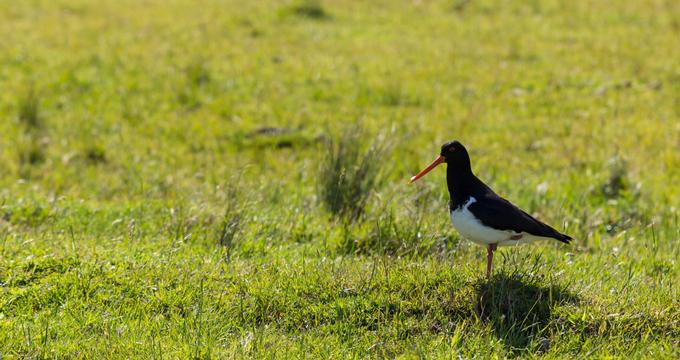Remote, rugged, and rich in cultural heritage, the Chatham Islands offer untouched wilderness, rare wildlife, and immersive experiences in one of the most isolated corners of New Zealand.
Recommended For
Nature Lovers: Explore pristine beaches, volcanic outcrops, and birdwatching havens like the Seal Colony and Waitangi Bay.
History & Culture Enthusiasts: Discover Moriori dendroglyphs, early Maori settlements, and the Tommy Solomon Memorial.
Adventure Seekers: Fish, hunt, snorkel, hike, and dive in one of the world’s most remote island settings.
What to Expect
- Wild Landscapes: Walk peat bogs, dunes, and cliffs dotted with rare plants and ancient limestone formations.
- Unique Flora & Fauna: Home to 34 endemic flowering species and rare birds like the Chatham Island Warbler.
- Limited Connectivity: No cell reception; internet is available in most homes. True digital detox awaits.
- Small-Scale Tourism: Fewer than 20 lodging options across the island; advance bookings are essential.
Top Attractions & Activities
- Nunuku’s Cave: View ancient Moriori carvings along Te Whanga Lagoon.
- J.M. Barker National Historic Reserve: Explore preserved Moriori tree carvings on a peaceful bush walk.
- Tommy Solomon Memorial: Life-size statue commemorates the last known full-blood Moriori leader.
- Chatham Islands Museum: See artifacts, tools, photographs, and even a replica dinosaur fossil.
- Walking Trails: Hike scenic reserves including Henga, Waitangi Bay Beach, Ocean Mail, and Nikau Bush.
- Seal Colony: Spot native fur seals, sea lions, and elephant seals in protected coastal habitats.
- Birding: A paradise for birdwatchers—don’t miss the Black Robin, parakeets, and endemic seabirds.
Things to Do
- Fishing & Crayfishing: Known for Blue Cod, Hapuka, and world-class rock lobster (seasonally restricted).
- Cultural Tours: Led by Moriori and Maori descendants, showcasing petroglyphs, whaling stations, and marae.
- Private Activities: Garden tours, horseback riding, chartered boats, cafes, artists, snorkeling, and surfing.
Where to Stay
Choose from cozy bed and breakfasts, homestays, rural rentals, and the island’s only hotel and motel. Accommodations are limited and often book quickly—reserve early.
Need to Know
- Getting There: Flights from mainland New Zealand (Wellington, Auckland, or Christchurch) are the main access point—book well in advance.
- Respect the Land: Many top attractions are on private property—ask your host for tour access or guided experiences.
- Weather: Bring layers—conditions can be windy and cool year-round.
Plan Your Trip


